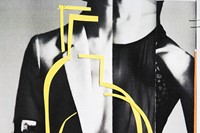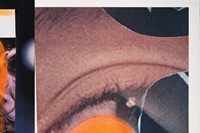When AnOther Magazine and Le Labo got together to create Another 13, a fragrance that juxtaposes clean architectural lines with sensual ambroxan, no one imagined that it would go on to become a bestseller. The artist Monique Baumann, meanwhile, responds visually to this thoroughly modern scent using imagery from AnOther Magazine that spans the years of its conception and debut.
Jefferson Hack: When we first met, your philosophy really inspired me. You were mixing all your ingredients on-site so there was no waste, you weren’t using advertising or marketing. That kind of authenticity, the authentic connection to the memory and story of scent, meant stripping away all of the noise. How would you describe that attitude and philosophy now?
Fabrice Penot: Eddie [Roschi] and I had this kind of sadness when we started Le Labo. It came from our knowledge of the lies told, often unwittingly, about products through advertising, about the ideal lives the media were selling. Fashion and beauty relied on the insecurities of women and men to sell their products. We were fed up. We wanted to make something that felt truthful and we believed that would connect like-minded people with what they need. The truth that we wanted to tell was about the ingredients, of course, and the integrity of the creative process. There were no focus groups, nothing. And no animal testing. We would just make each bottle, one by one, to order. We wanted to know the person who came in and liked the perfume, to spend between 10 and 15 minutes with them to prepare the perfume, compound it, print the label, look them in the eye and say, “Thank you”. So there was no bullshit. It was a revolution based on truth. Estée Lauder [the owners of Le Labo since 2014] have been very respectful of that truth, always looking back at the original orders, not overproducing. Ten years ago, our philosophy may have seemed like complete nonsense, but if they respect it and the fact that we don’t advertise or market anything, that shows they respect the power of silence in a world that can’t stop talking. There’s hope in that.
JH: It’s a fantastic brand philosophy and it’s great to see it growing. We were introduced by Sarah [Andelman] from Colette, I remember. You had this idea of city exclusives. Another 13 became the exclusive scent at Colette, in Paris, Poivre 23 was the City Exclusive for London and there was Tuberose 40 in New York. That was really unusual, too – a super-limited-edition City Exclusive, only available through one door. Tell me a little bit about that.
FP: Le Labo was intended as the antidote to global brands making one type of perfume. We were just bored with that and we wanted to create that little thing that you could only bring back from New York and that you couldn’t find anywhere else. We met a Japanese man who wanted to open a Le Labo store in Tokyo and fell in love with him. He told us he wasn’t expecting any profit over the next ten years. That was the kind of Buddhist moral that we liked at the time.
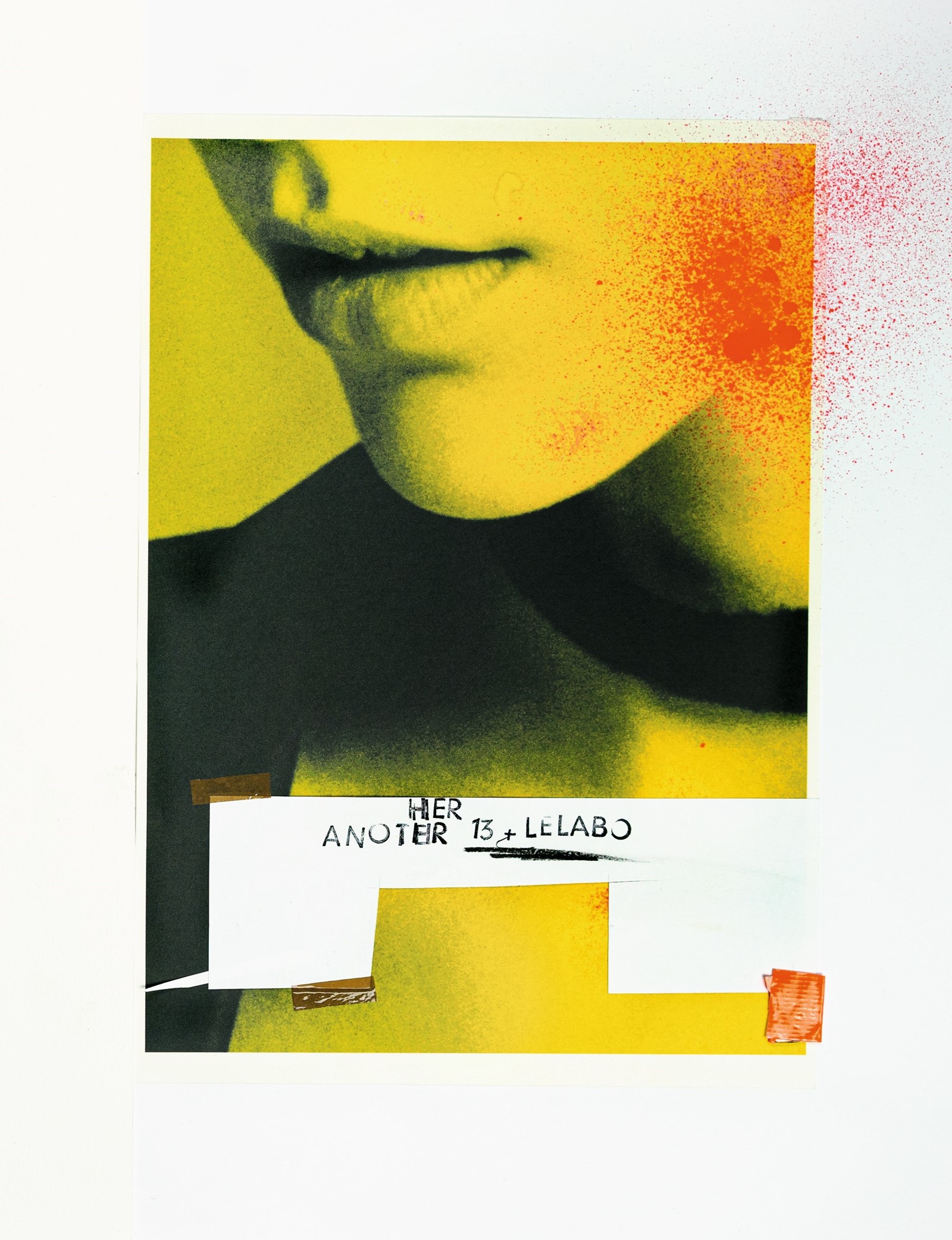
JH: I wanted to rewind to the creation of Another 13 and your take on it as a scent. How would you describe it and how do you feel about it conceptually?
FP: It only really took one conversation to give me an understanding of where we would be able to connect. There was the idea of an ease to Another 13, a simplicity, something direct, pure and white – like a sheet of blank paper. That’s what I took from our conversation. I remember it was on the phone, I was on the sidewalk in Nolita, in front of the store...
JH: Well I have a memory of coming to Elizabeth Street [New York, the location of the first Le Labo store] and really enjoying the process of discovery and you bringing out different ingredients from the shelf in their various pure states.
FP: Yes, you very quickly fell in love with ambroxan, the white musk, which is 90 per cent of the formula – kind of the soul of Another 13 – and then we just had to do some nipping around it.
JH: To me that gives Another 13 a presence and confidence. I also felt the idea of it being evocative of a very contemporary memory was important. A magazine is a contemporary reference to our culture, while fragrance plays on nostalgia and memory, often taking us into the distant past. What you did with Another 13 was capture a sense of contemporary memory in a very contemporary fragrance. To me it feels like a nostalgia for now, a memory of the present.
FP: Another 13 is probably our most modern scent – in the way it smells but also in the way it is structured. In terms of architecture it is very pure, minimalistic – like a Californian house on top of a cliff. Very sharp. Eddie was the lead on this formula – he enjoys that stylised approach, an architectural style. And what you say is true. There’s already a sense of nostalgia for something – for this modernity, because maybe it’s gone.
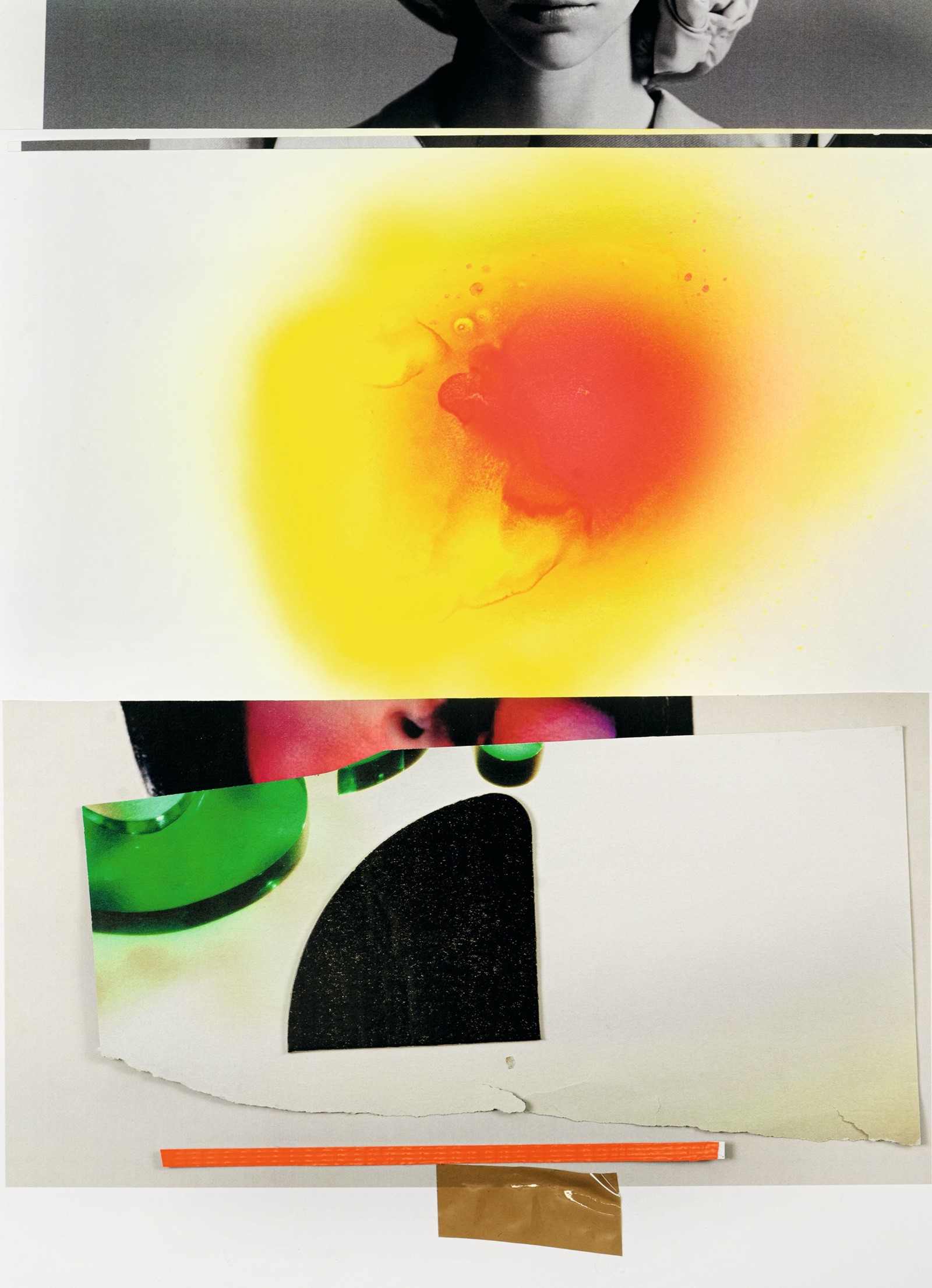

JH: In a way, that is in the spirit of AnOther Magazine. We take Hollywood icons and bring them to life on our covers with a super-contemporary look and positioning, but there’s also a sense of nostalgia for Hollywood iconography and the iconography of celebrity at play. We re-contemporise it but it’s also its own contemporary nostalgia. I think both of us shared a certain sensibility for what was happening in culture at that time, ten years ago, and that maybe something was missing – something super-contemporary and direct, not confrontational but powerful. Another 13 had a really powerful presence. Why do you think it became so popular? Was it because there wasn’t anything like it and that it tapped into something contemporary or perhaps because it was limited for so long at Colette? Or maybe both.
FP: Its success is hard to define and I truly believe it’s just the beginning – it’s starting to become a phenomenon everywhere. At first we only produced 500 bottles. It was only on sale in one place. Of course the perfume was really special and we believed in it strongly. And you were trusting and visionary enough to embrace it. But never in our wildest dreams would we have imagined that it would gain such a huge following. [After] Colette closed [in 2017], we released it across all our stores. People don’t even know the story of the Colette release, they don’t even know that it was once a limited run, it’s just the perfume speaking for itself now. And the perfume tells a story that has never been told in scent. There is a magic to it that I can’t really explain – perhaps it’s the right balance between the original and the conservative, a feeling of wanting to stand out but also fit in. It meets a certain need for simplicity.
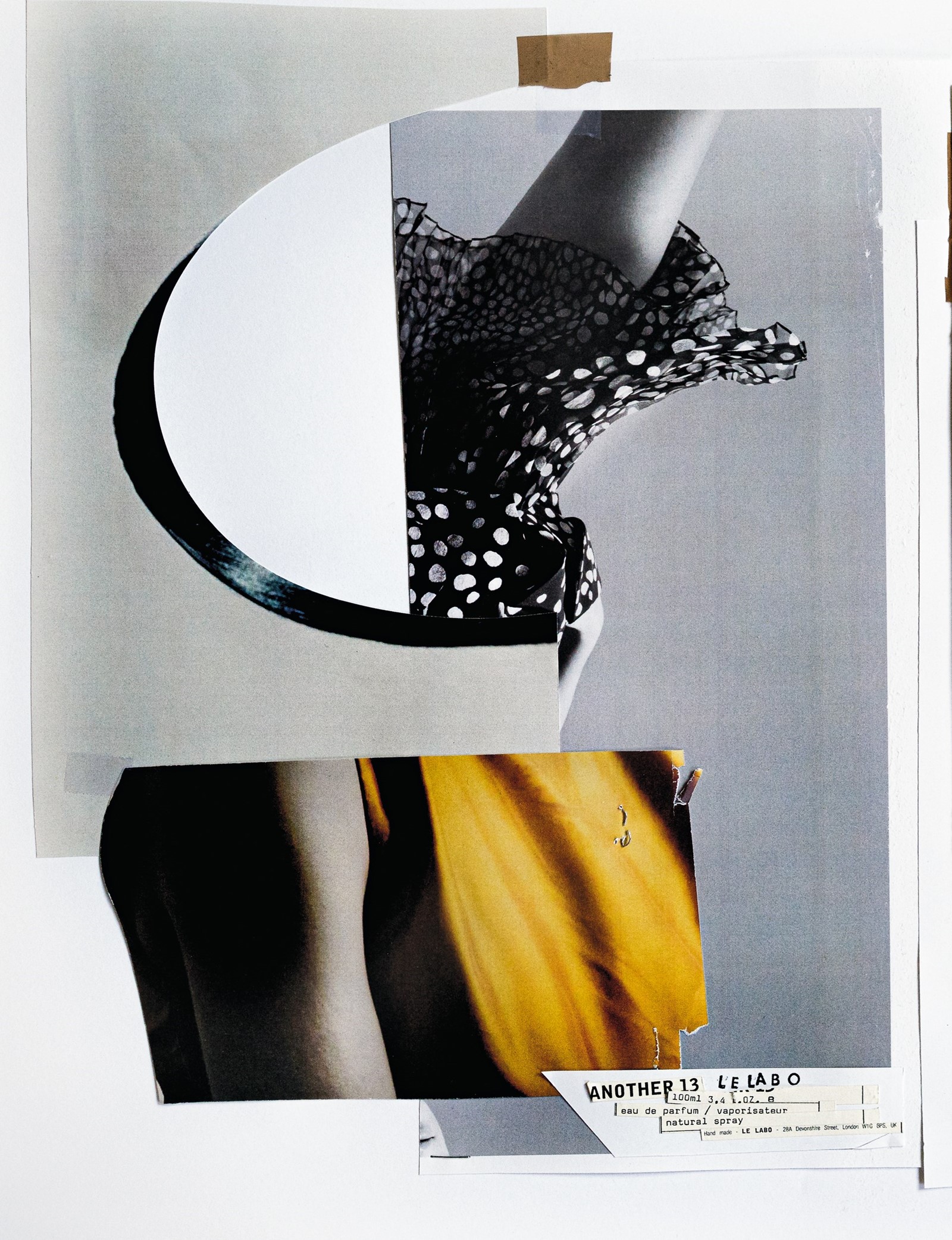
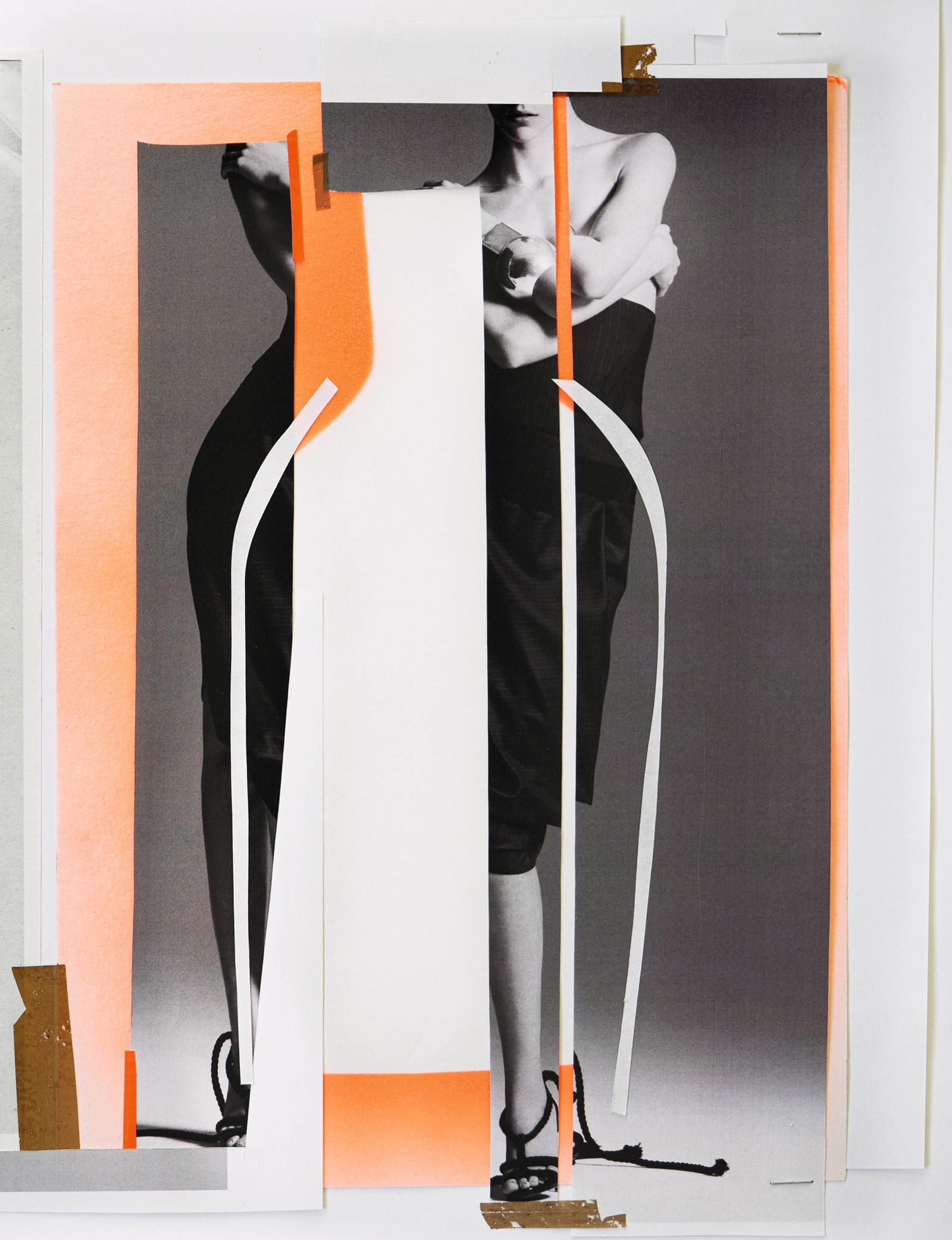
JH: We’re now celebrating the tenth anniversary of the scent, which is in itself extraordinary. Time has passed so quickly. We created Another 13 at the beginning of the 2010s, now we’re entering the 2020s. Do you think we are entering a different age of smell, a different age of scent and sensibility, different from how it was in the 2010s?
FP: Honestly, I don’t know. I don’t know about the market, I don’t know what other people are doing. That’s not because I don’t like it but more that I don’t want to be affected by it. I don’t know what the trends are now, whether it is for sweet, floral or musky scents. I have no idea. Eddie and I are still the creative directors of the scents, we still create every single perfume that comes out. The way we work is the way we feel, and as I said, there is a need now for simplicity, for sure. Even ten years ago, very complex French perfumery was still prevalent. There may have been 50, or even 80, ingredients in a scent. That was a huge bouquet and I think that is over. Of course there will always be brands that do that, or at least something baroque, but I’m not sure many people are attracted to that any more or that it’s where perfume is going. In that way, in the fact that it contains so few ingredients, Another 13 was ahead of its time. It’s a short formula, a clear story that delivers something easy to understand and yet magical – magical in a way that’s hard to define. And today that is what we’re striving for in fragrance and in lifestyle, in terms of cleaning things up, in terms of purity. There is this tension between the purity and clarity of this perfume and the dirty fickle musk that is in the drydown. That brings sensuality and speaks to the animal instincts remaining in each one of us. There is a beautiful harmony between those two extremes and that, I think, is the secret of this perfume.
Special thanks to Paul Wetherell and Andrea Spotorno.
This story originally featured in AnOther Magazine Spring/Summer 2020, which is on sale internationally now.

